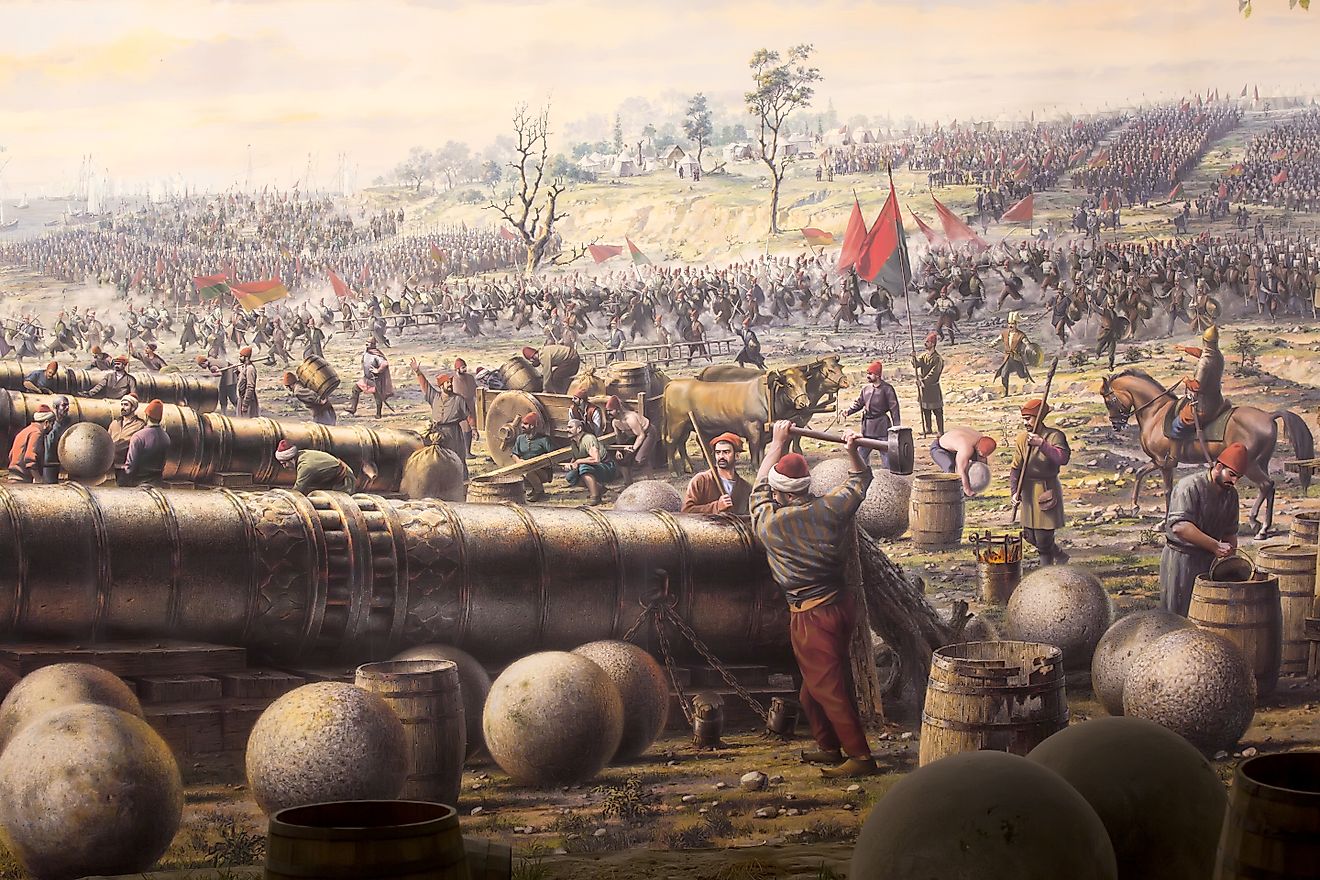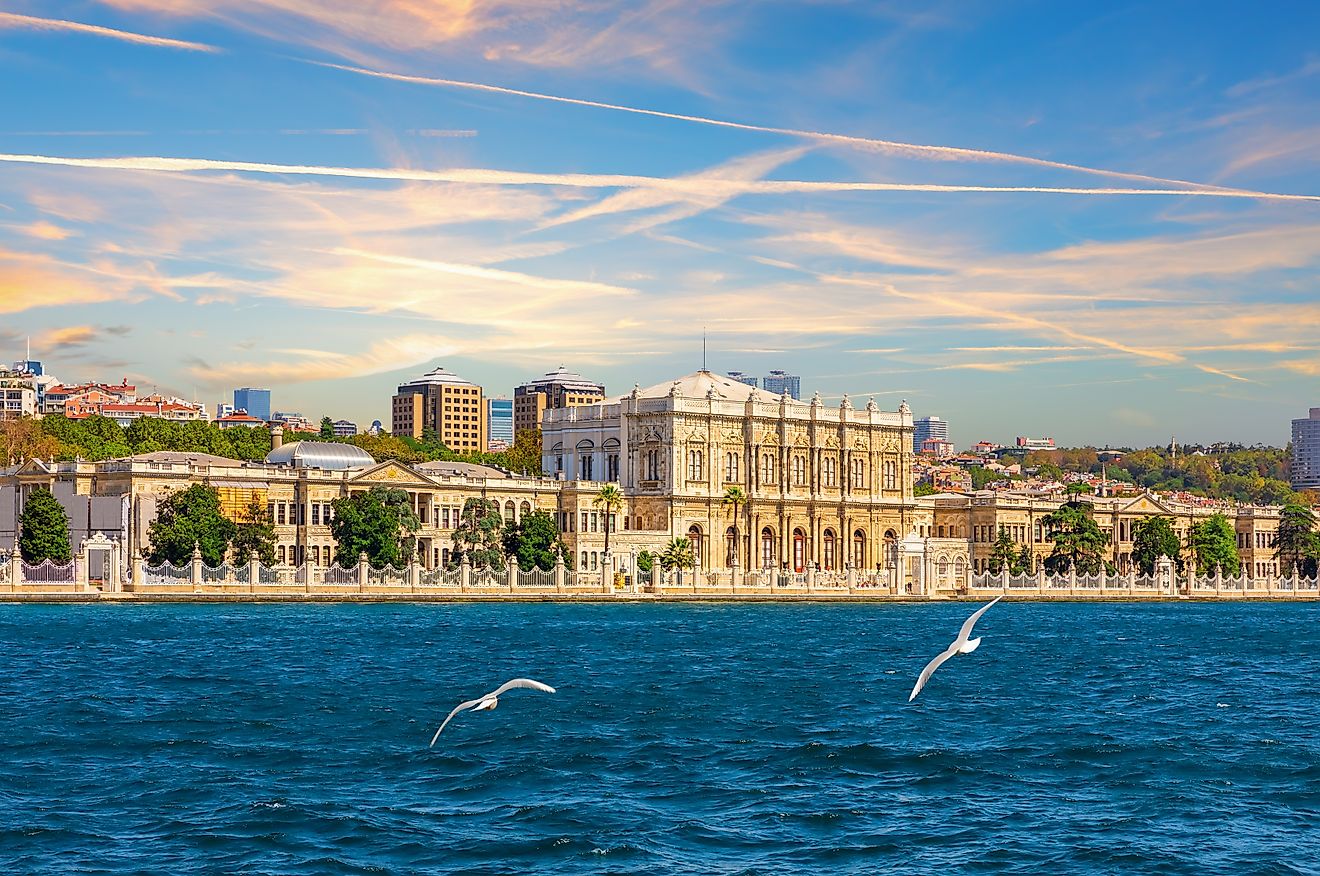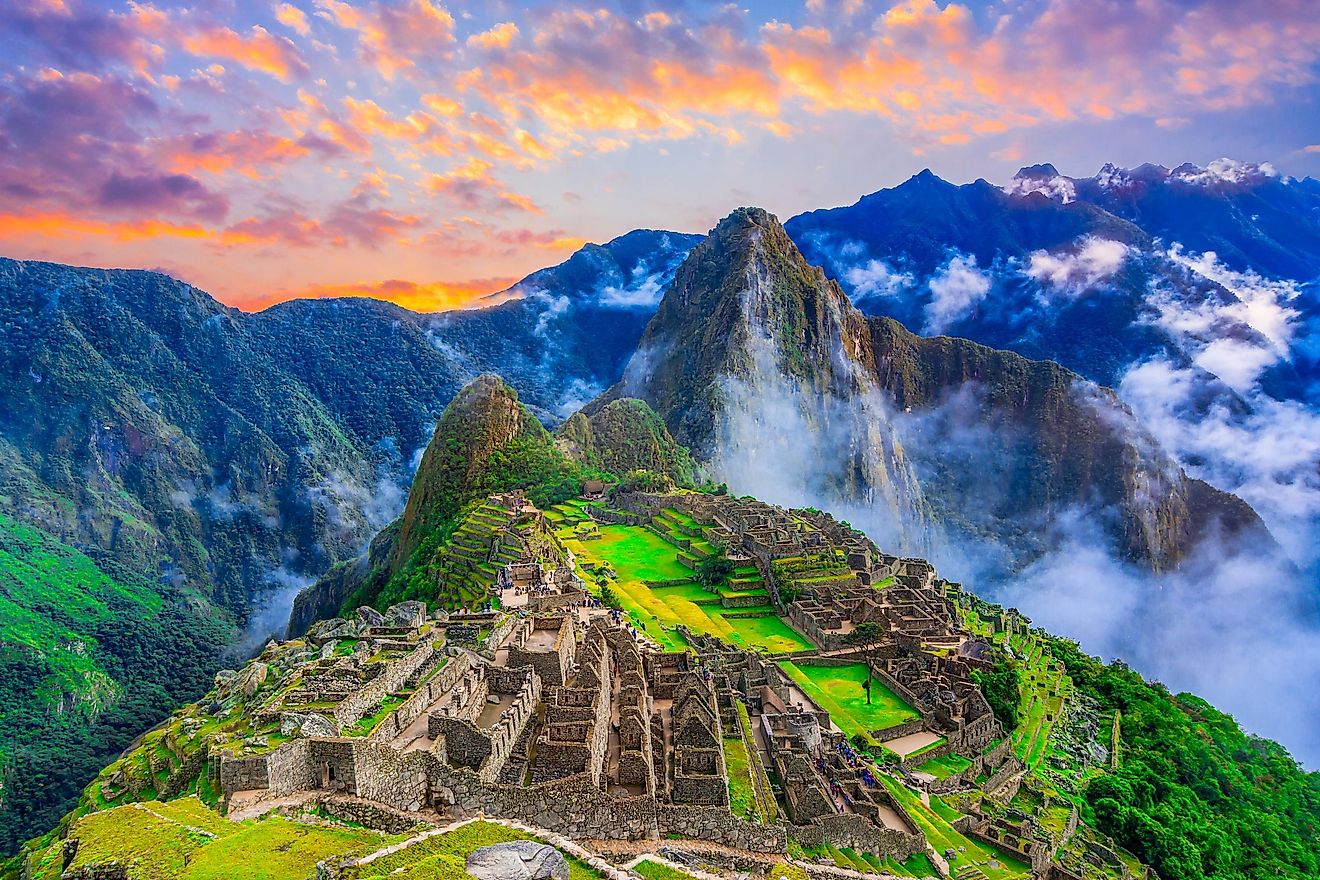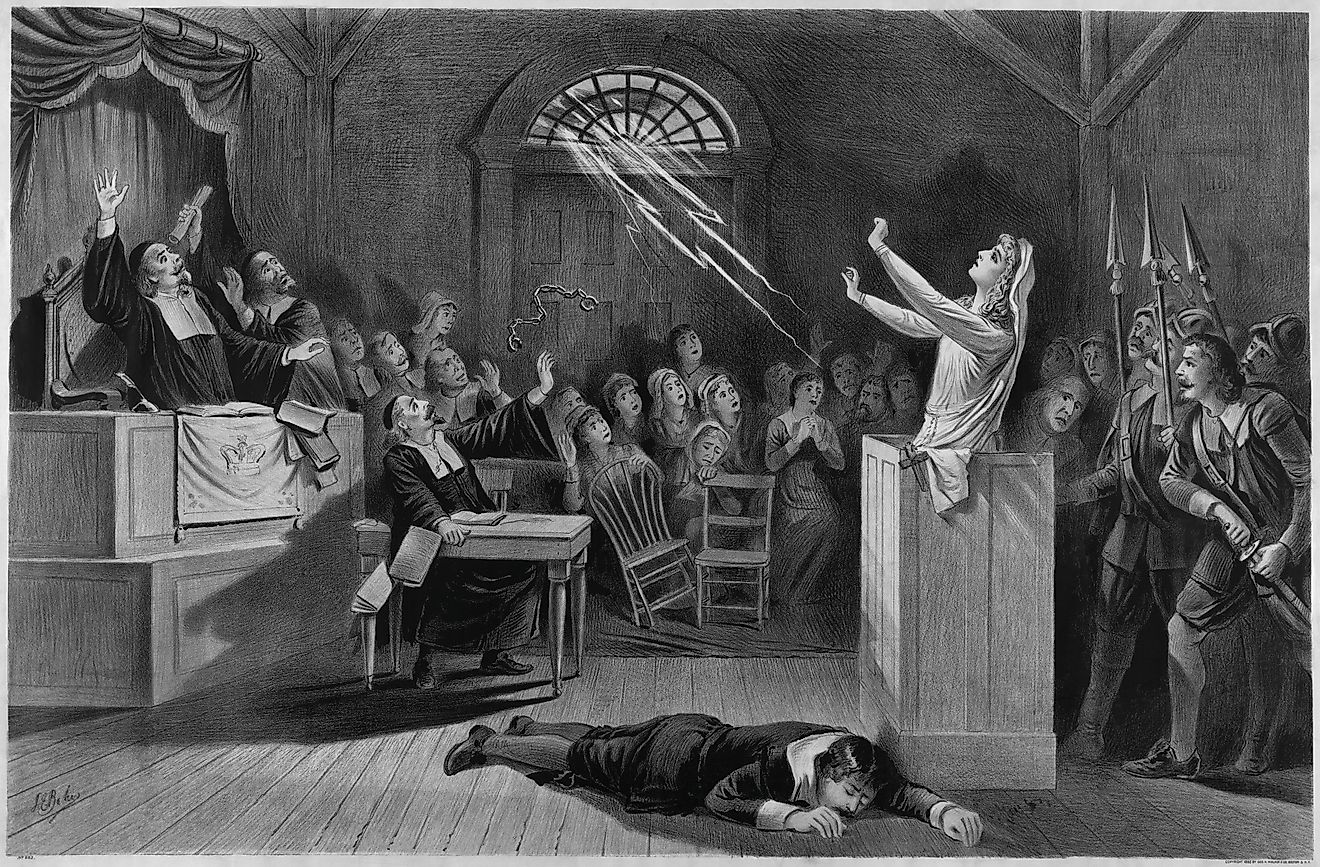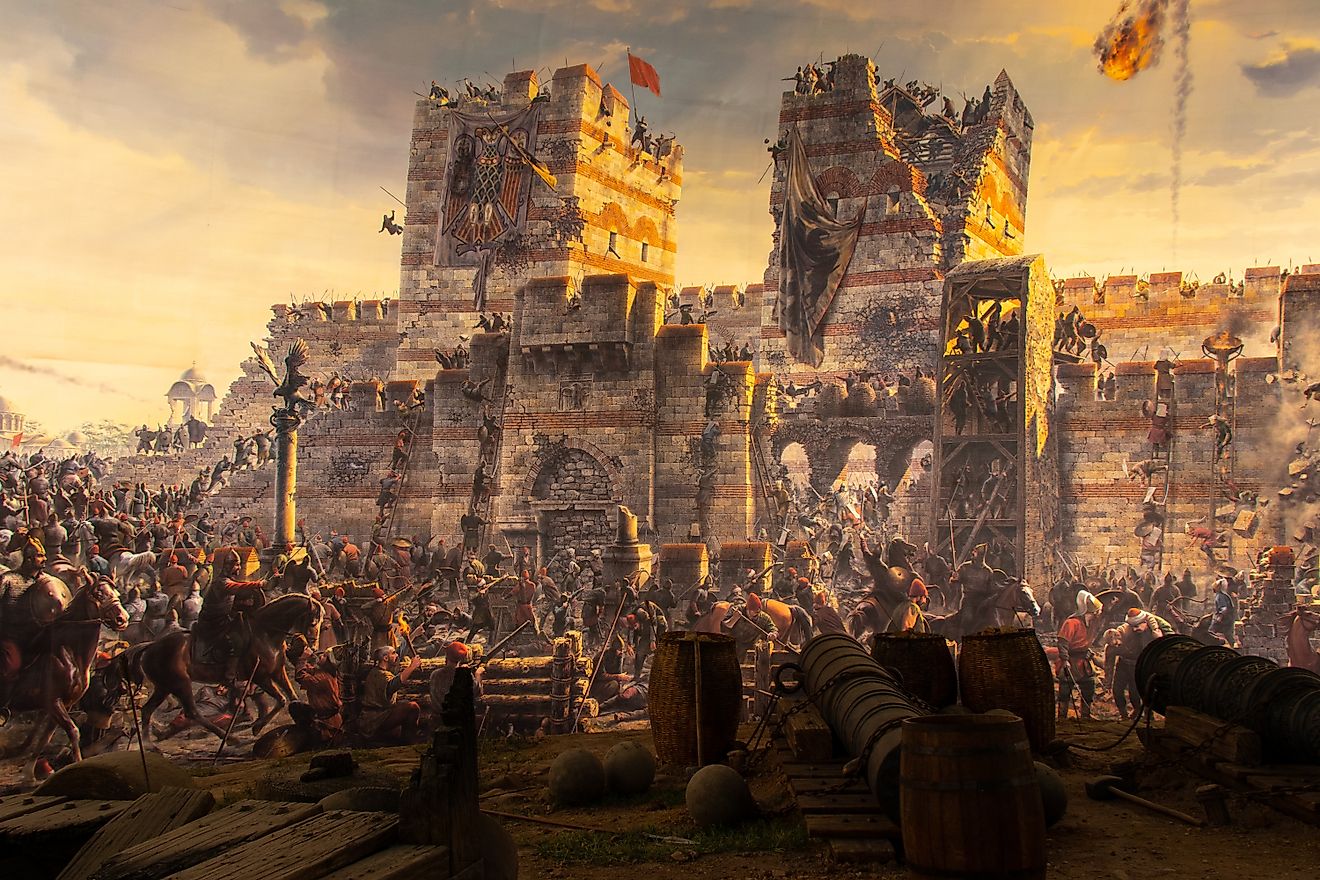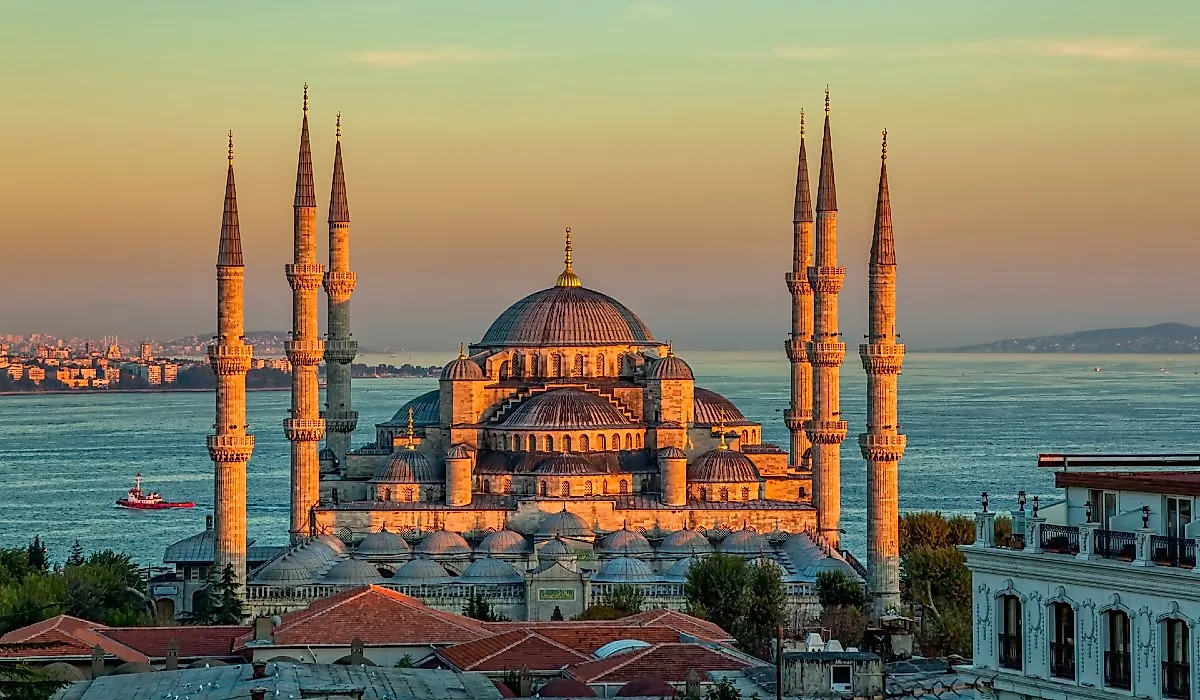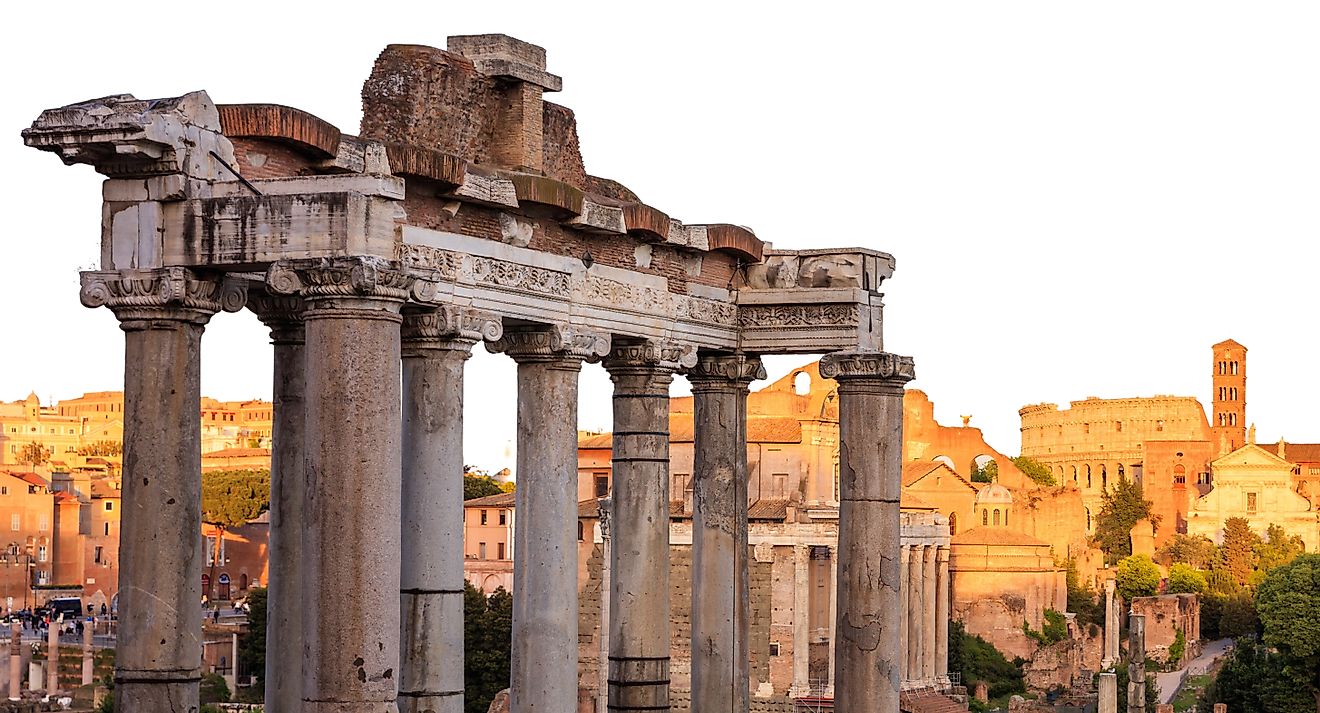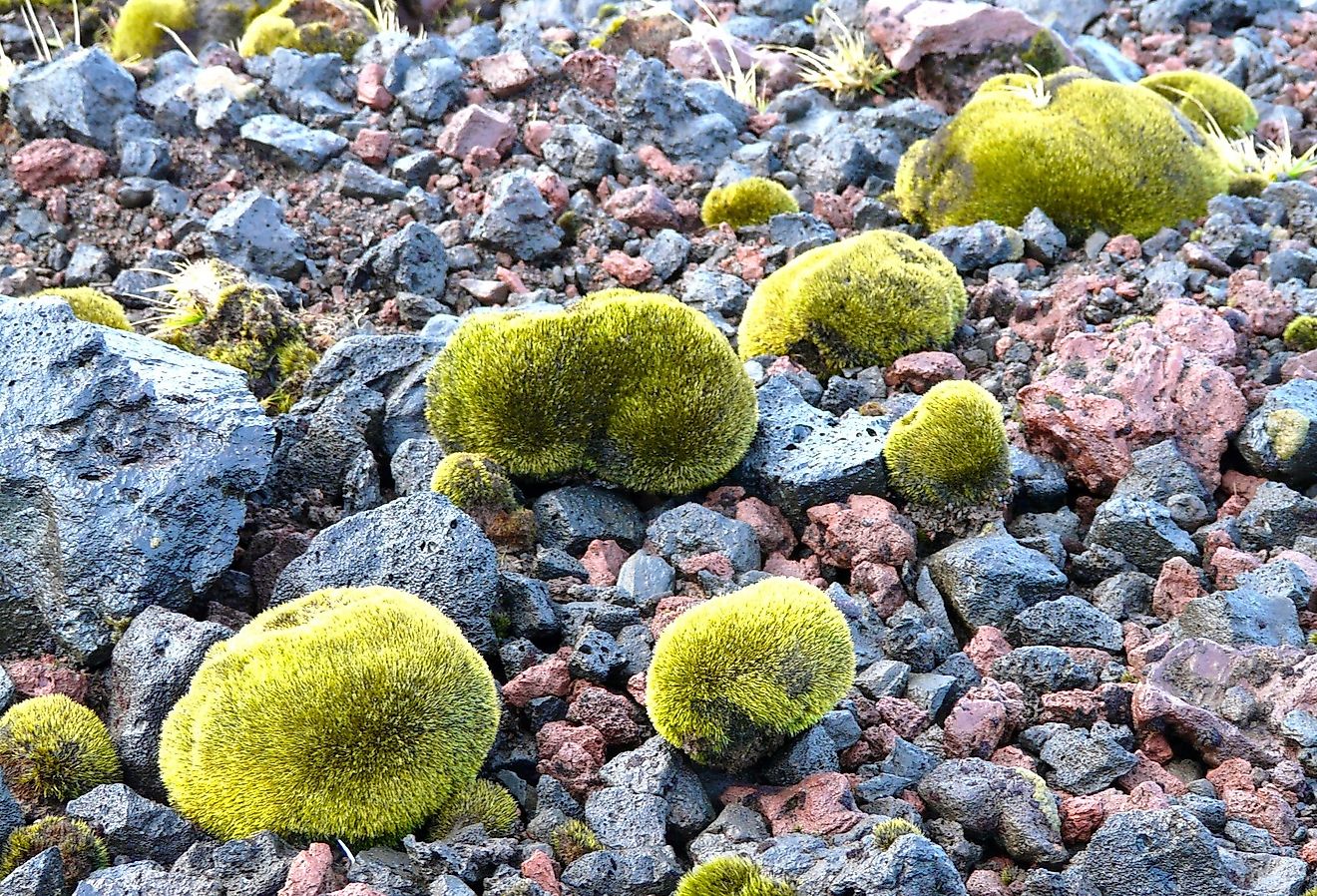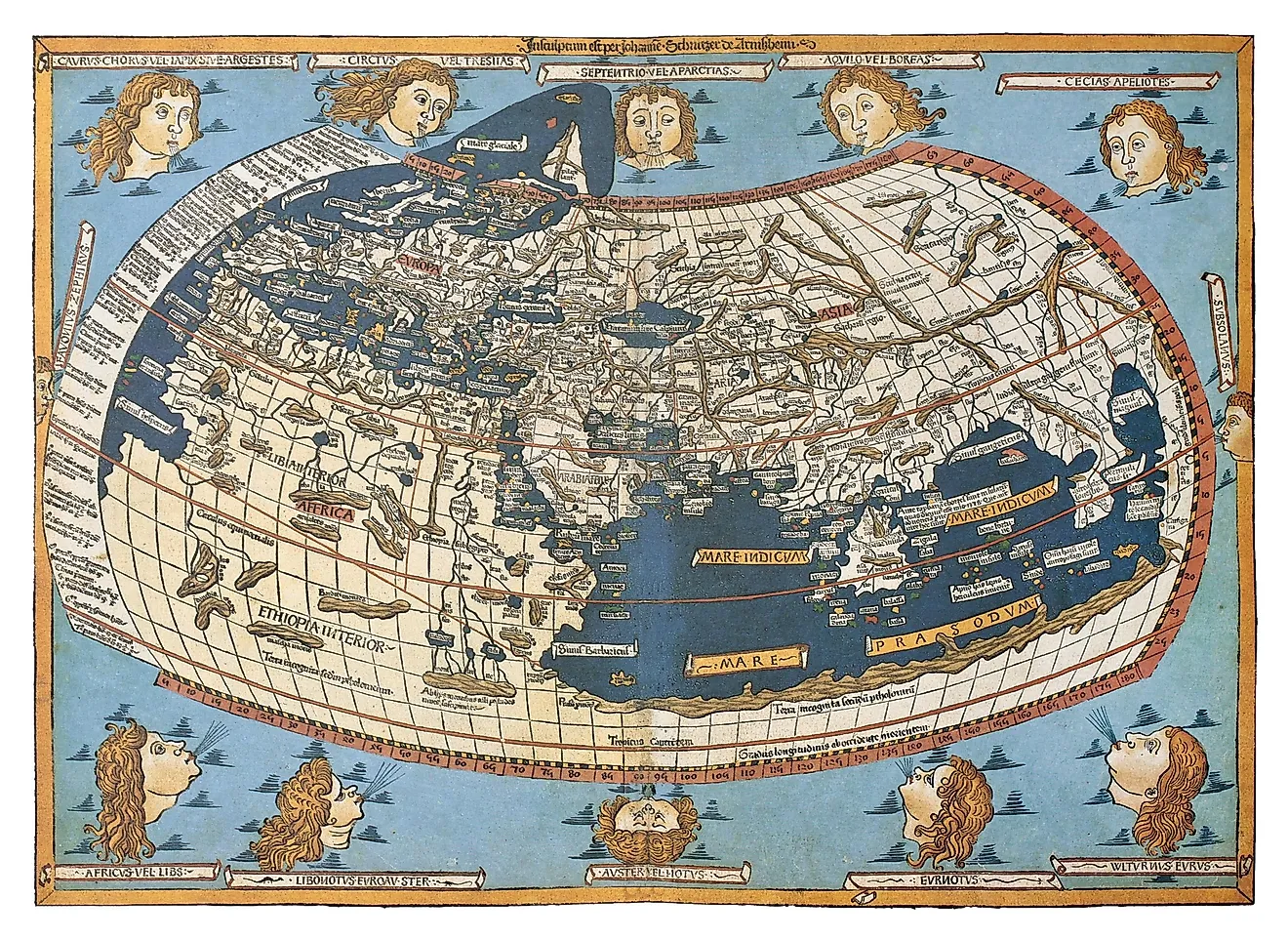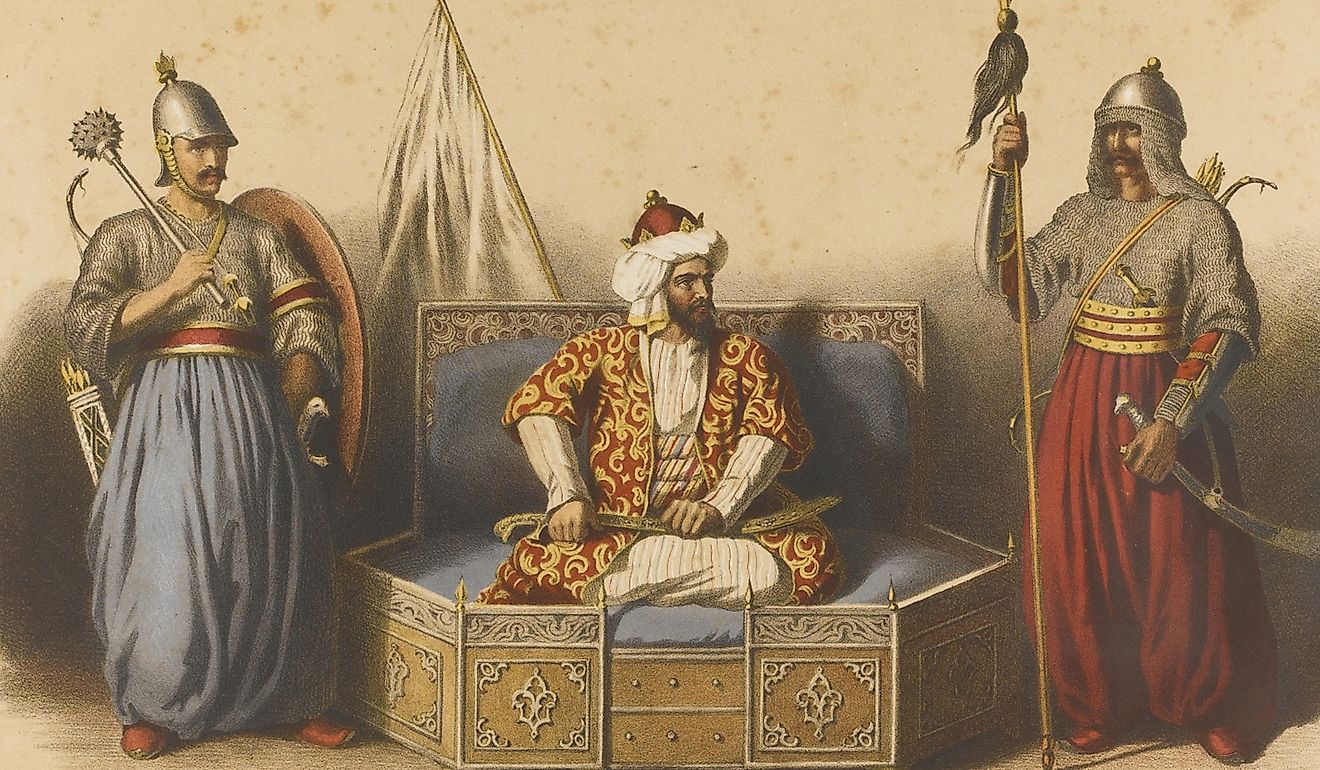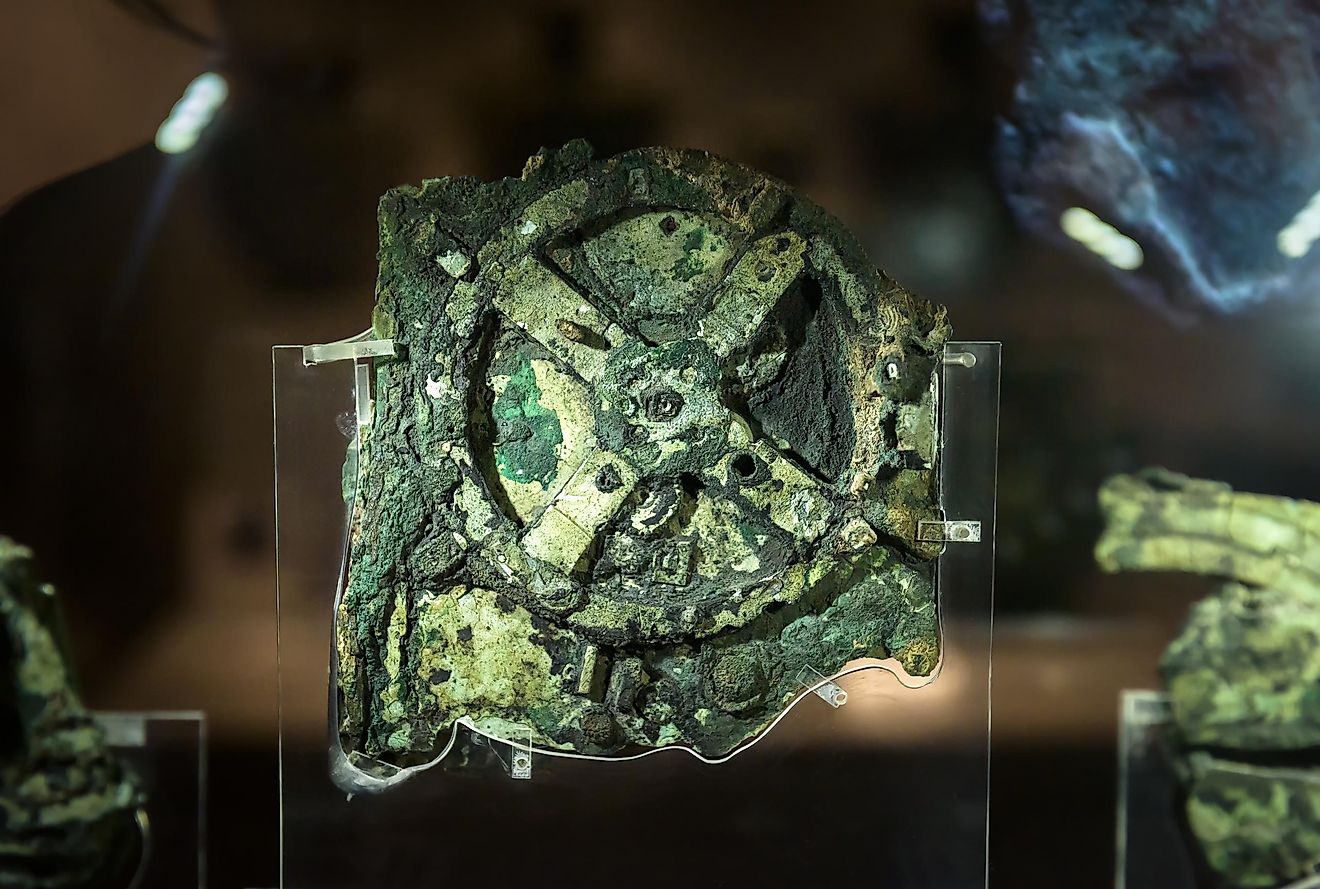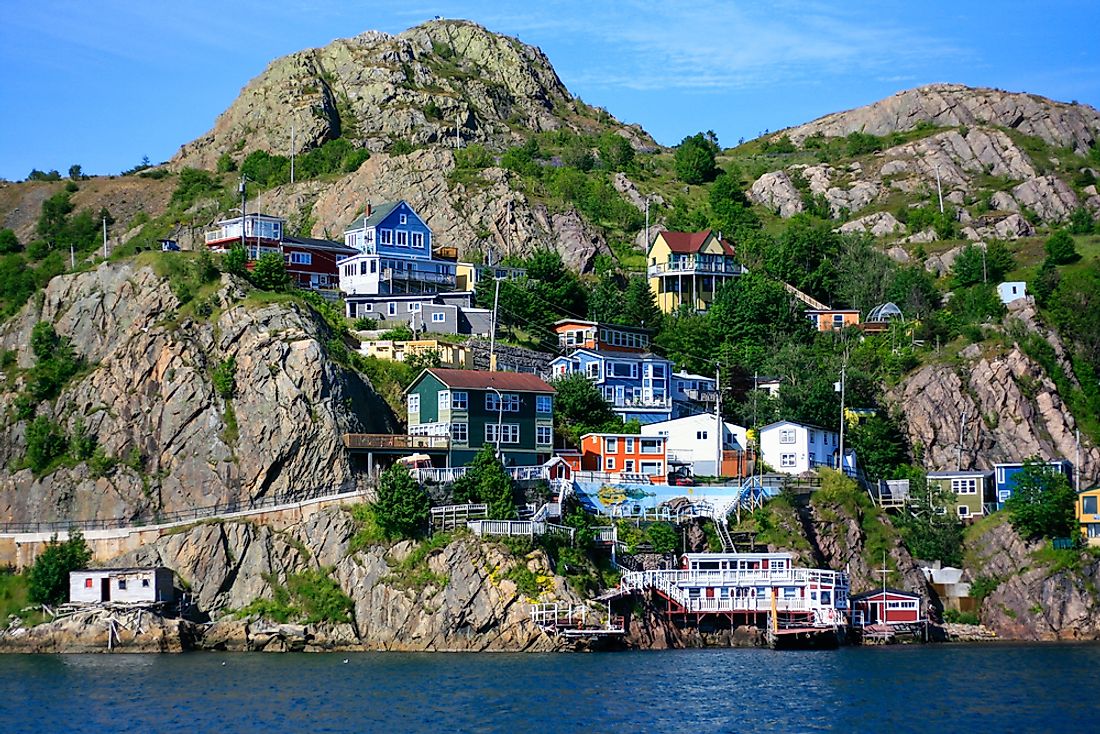
Former British Colonies
The British forged the largest empire the world has yet seen. Holding territory on every continent at its height in the wake of the First World War, it spanned across 35.5 million Km2 (13.7 million sq mi). The British Empire, beginning in the middle of the 16th century, would last more than 400 years until the handover of Hong Kong in 1999.
The impact and legacy of the empire is hard to understate. Even though we are living nearly 100 years removed from its zenith in power and global influence, it can still be seen and felt in the modern day. Nearly 60 of the world's 195 UN-recognized countries were formed directly out of the British Empire at some point in time. On average, a national holiday celebrating independence from the British is held every seven days. No matter where you live in the world there is a good chance that at one point in time, your nation was affected by the actions of the British Empire.
Former British Colonies:
- North America
- Caribbean and South America
- Australia and New Zealand
- Africa
- India
- Middle East
- East Asia
Jump to the table of former British Colonies.
North America
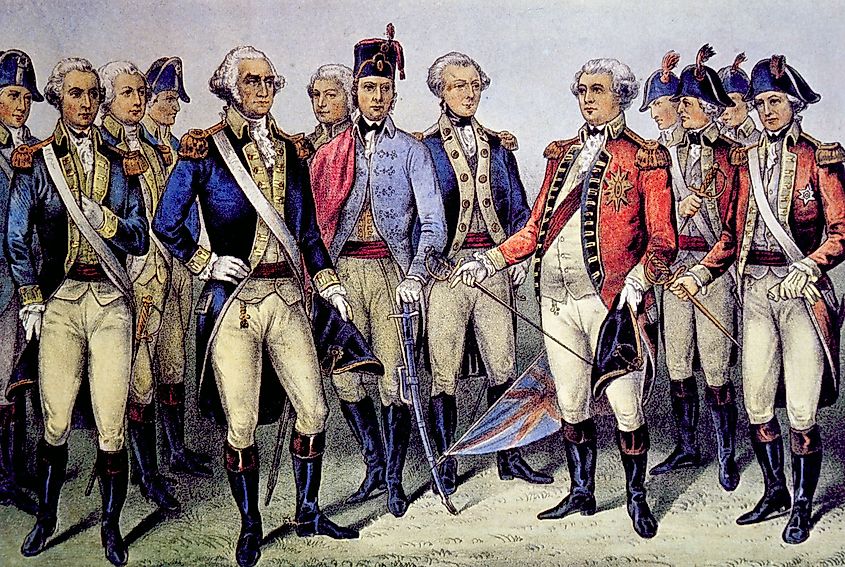
The British presence on the North American continent first began in 1607 in Jamestown, Virginia. Gradually over the years, large numbers of settlers from the British Isles made the long and dangerous journey over what would later become the United States and Canada.
The United States famously threw off British rule in a violent revolt in the late end of the 18th century but still maintained many aspects of its laws, culture, and of course, language. Today English is the dominant language across the continent. Those who were still loyal to the monarch in London either returned back to England or went north into British North America.
Canada first became a dominion within the empire in 1867 and eventually grew and incorporated new colonies until it would take on its modern borders that we can see today. The last province to join Canada was Newfoundland and Labrador in 1949.
Today Canada still holds on to its ties with the empire and British monarchy. Its government has embraced the parliamentarian system and its currency still bares the face of Queen Elizabeth II and will soon display her son King Charles III. Canada is one of the leading members of the British Commonwealth and still technically holds the British monarch as the head of state rather than the prime minister. While this is obviously nothing more than a formality, it goes to show how deep-rooted the legacy and impact the British Empire has had on Canadian society.
Caribbean and South America
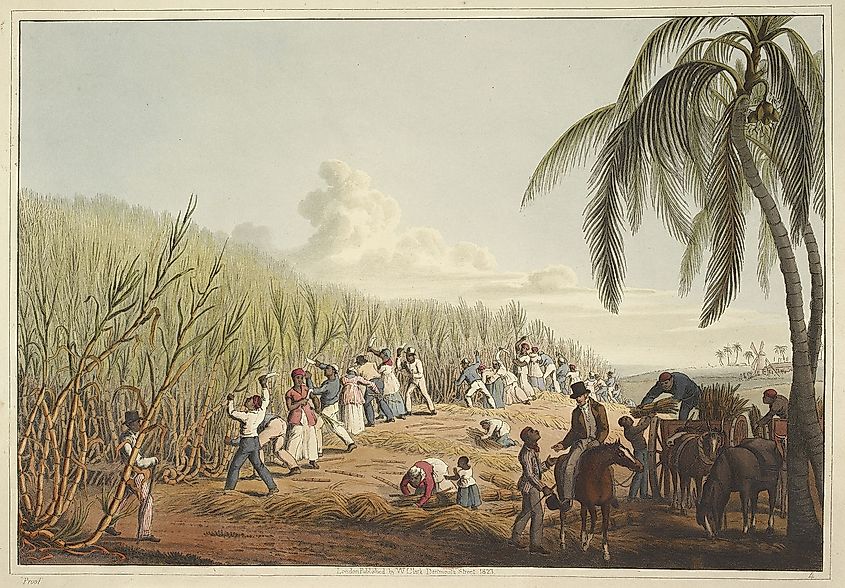
Britain's ambitions did not rest in North America. Dozens of Caribbean islands were claimed by the empire at one point in time. Jamaica was certainly the largest and most important of these holdings. Originally settled by the Spanish, the island was given to the British as war reparations in 1655. The island was essentially an English version of Haiti with much of its population being made up of slaves sent over from Western Africa.
Cotton, tea, tobacco, and other cash crops were all grown here resulting in massive profits for the empire. Jamaica remained within the empire until its independence in 1962. Today the two island nations remain close. Large numbers of Jamaicans have not only moved to Britain itself since independence but also to former colonies like Canada and the United States.
Even today Britain still holds on to certain islands within the Caribbean such as Bermuda and the British Virgin Islands. In total, there are thirteen nations in the Caribbean, Central America, and South America that were all once British Colonies.
Australia and New Zealand
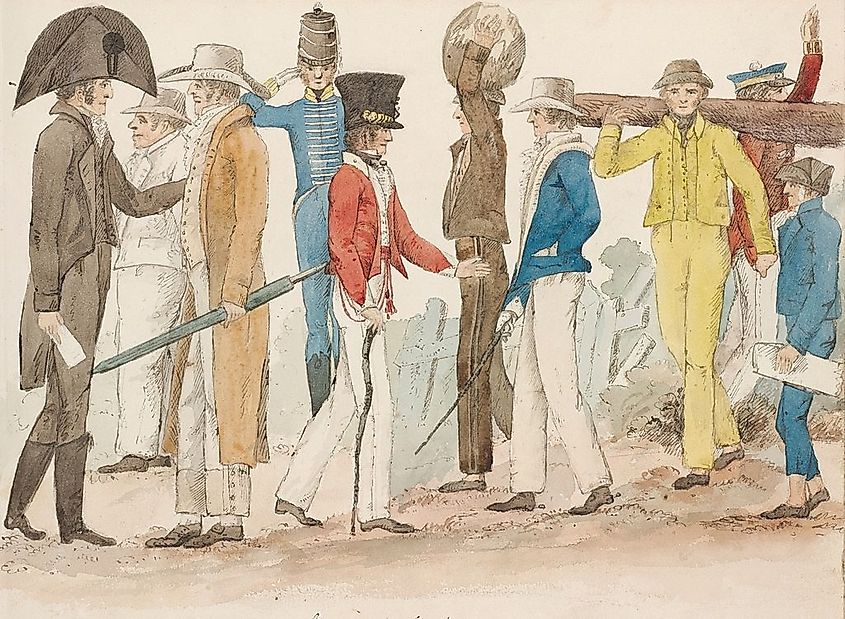
In the far-flung corner of the world are the two stunning nations of Australia and New Zealand. Australia was first conceived as a penal colony to rid Great Britain of its more troublesome and taxing members of society. Settlement first began in the later 18th century after the United States declared its independence. Australia became a dominion in 1901 but would not gain its official independence from Britain until 1986.
New Zealand on the other hand had a much different history. The area that would eventually become New Zealand was not first settled until 1840. This settlement was spurred on by the signing of the Treaty of Waitangi with the native inhabitants, the Māori. Not only did this allow the arrival of white settlers into the region but it also granted Māori the same rights and citizenship as any other British subjects.
Other smaller nations within the South Pacific were also taken by the British. Tonga, the Cook Islands, Kiribati, Fiji, the Soloman Islands, Tuvalu, and Vanuatu were all once part of the empire as well.
Africa
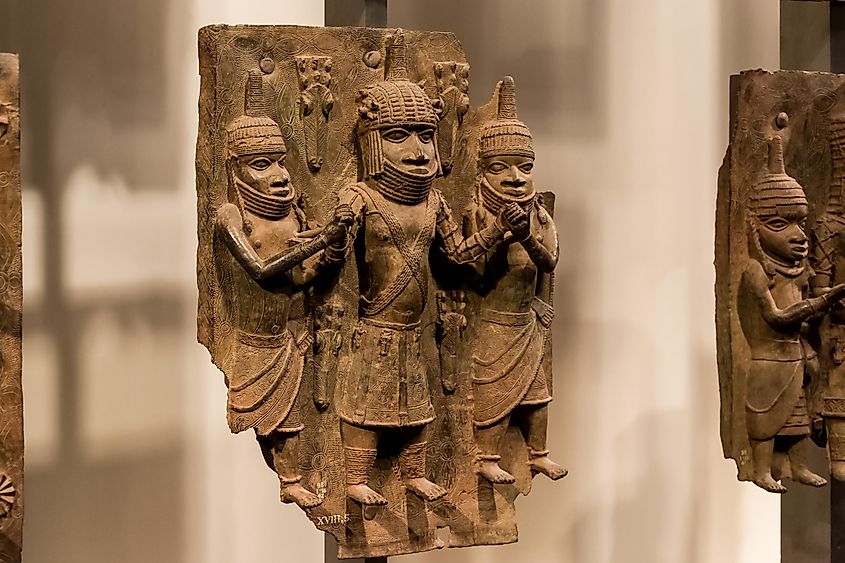
The British presence in Africa dates back as far as the 17th century. The British, along with other European powers established a series of fortified positions along the coast of West Africa as a place for trade. Slaves would often be purchased from African kingdoms and local tribes in exchange for firearms and metal tools. These slaves would then be sent to places like the Caribbean or the United States to be put to work on plantations.
However, by the middle of the 1800s, this started to change. With developments in medicine and steam-powered boats, the British were now able to penetrate deep into the African continent and subjugate the local populace. The colonization of Africa was lightning-fast and incredibly intense. Dozens of European powers were all in a race with one another to try and take as much land as possible. The British and French took home the lion's share. This period of history is often referred to as the Scramble for Africa.
Gold Coast
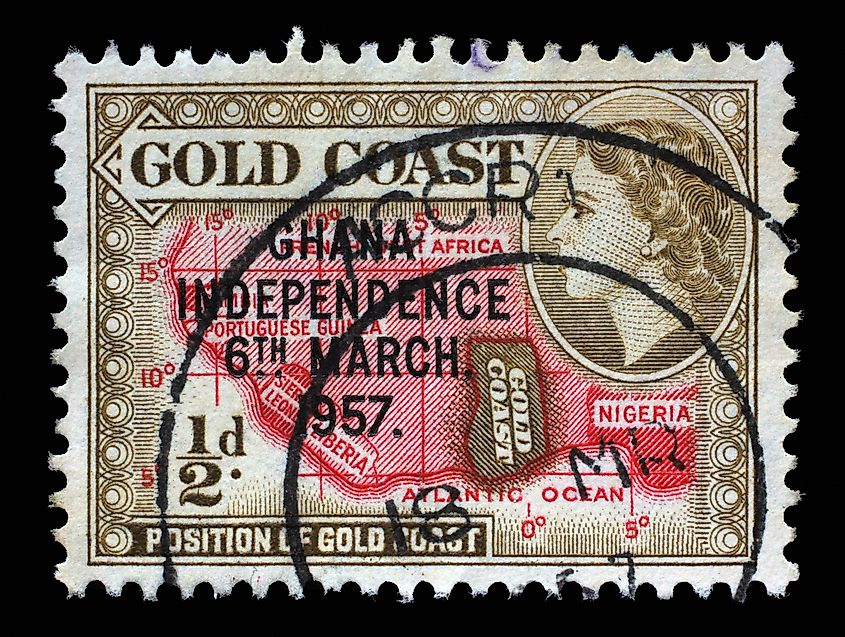
Some of the most prosperous and advanced parts of British Africa could be found on the Gold Coast. Known as Ghana today, this part of the empire was famous for being a near-endless pit of valuable natural resources such as gold, rubber, and salt.
Britain was able to subdue the region but it was not easy. They faced many stubborn tribal peoples and local kingdoms who resisted fiercely. The Ashanti for instance, fought the British from 1822 until they were finally defeated in 1900. Even though Britain officially controlled the colony, there were still sporadic instances of rebellions and uprisings.
The Gold Coast was a hotbed for education as well. The British set up dozens of schools in the area that were then utilized by the locals. Some of the richer members of the Gold Coast even got a formal education in Britain. Ironically, it would be those who were educated in Britain who would become the biggest and most public supporters of independence in later decades.
Nigeria
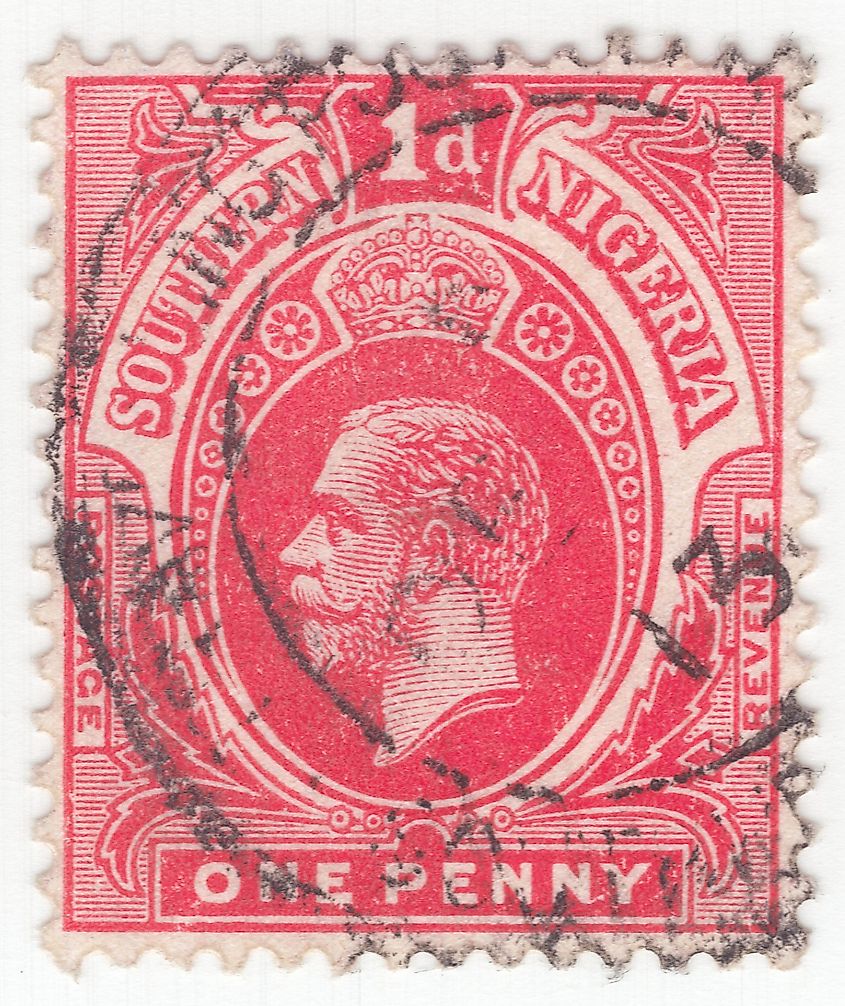
One of the largest and most important colonies in British-controlled West Africa. Nigeria was a particularly rebellious place in the empire. Several different uprisings and revolts took place between 1894 and 1914 but were all subdued either through military force or diplomacy.
Nigeria, like many other African colonies, supplied the empire with a large amount of natural resources like gold and ivory. The capital city Lagos quickly grew and became one of the largest cities in the entire region.
Gaining independence in 1960, Nigeria stumbled out of the gate. Corruption and civil wars caused serious damage to the nation in its early years. Regardless of its less-than-ideal start as an independent nation, today Nigeria is seen as one of Africa's rising stars and is projected to have one of the largest populations in the world by the end of the century.
South Africa
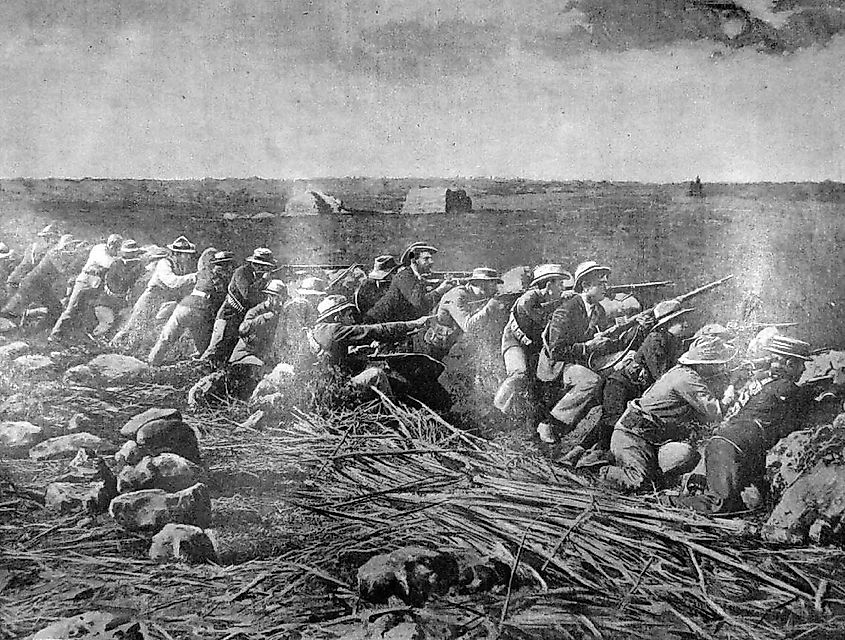
Another standout British colony in this region is South Africa. While Britain was certainly keen to conquer as much of Africa as possible, the vast majority of these countries did not become settler states much like Canada, the United States, Australia, and New Zealand. South Africa was one of these exceptions.
Originally settled by the Dutch, the British came into control of the territory at the end of the Napoleonic Wars. Contending with both the native Africans and the Dutch settlers, the British fought wars against both peoples to finally wrestle away control of the territory in 1910 with the creation of the Union of South Africa.
Millions of white settlers would arrive in this new territory and by the time the nation became a republic in 1961, the white minority was in full control. Racial segregation laws were passed along with other legislation that locked black Africans out of certain professions and roles in government. This minority-run style of governance is often referred to as the Apartheid Era and ended in the early 1990s.
India
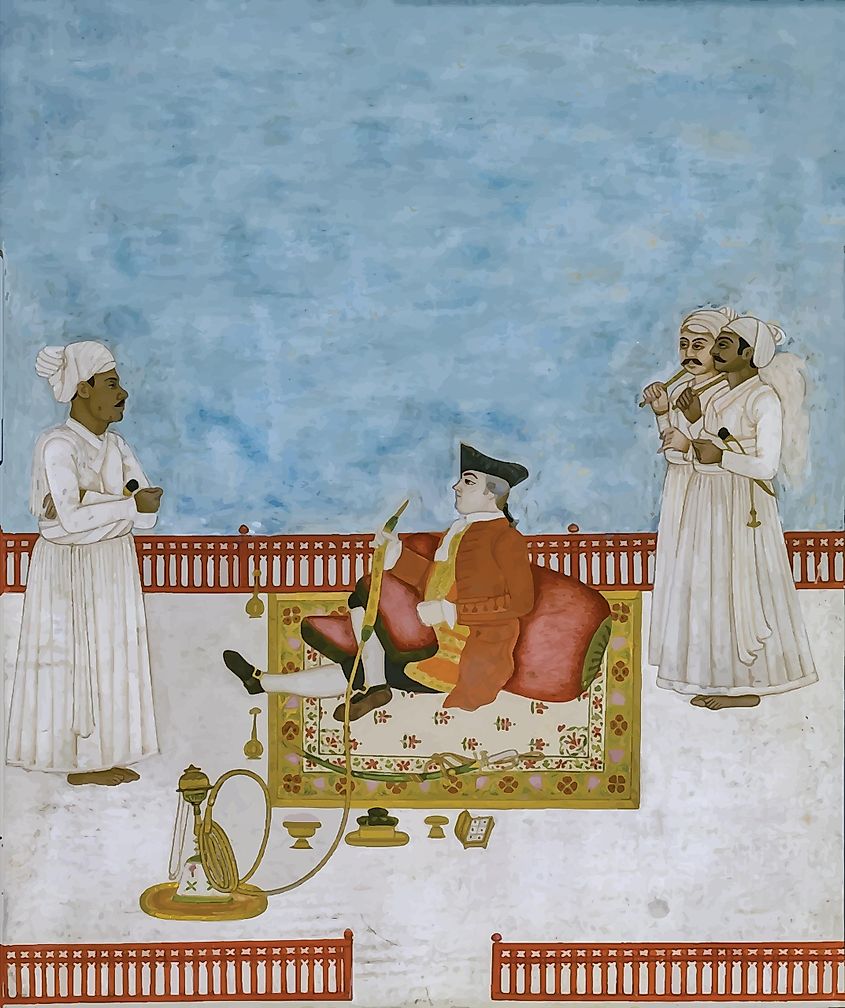
Often referred to as the crown jewel of the British Empire, India was by far the most important colony the British had ever had. The first instance of a British presence on the Indian Subcontinent was not made by an invading army or even a representative of the government but rather by members of trade companies looking to turn a profit in exotic goods.
The British East India Company would go on to become the most dominant of the group and set up trade ports all along the coast. It had its own private army largely made up of Indian soldiers called sepoys. These soldiers were known for being fiercely loyal and effective in combat. Drilled in the European style, and given cutting-edge firearms and equipment, by the middle of the 1700s the British East India Company had managed to conquer large swathes of land within India.
Control was eventually handed over to the British government in 1858. Much of the British Raj was actually controlled by local rulers who had been appointed by the British. This helped ease the already enormous bureaucracy that existed in the empire but it also allowed the British to rule independently and not face the ire of any unhappy or discontent subjects who might rise up against them.
British India eventually broke apart in 1948 with the creation of Pakistan and India. Pakistan would go on to dissolve further in the 1970s with the emergence of Bangladesh. The marks of British rule can still be seen and heard all across the modern Indian subcontinent. English remains one of the most commonly spoken languages and English sports such as cricket are still one of the most popular pastimes around.
Middle East
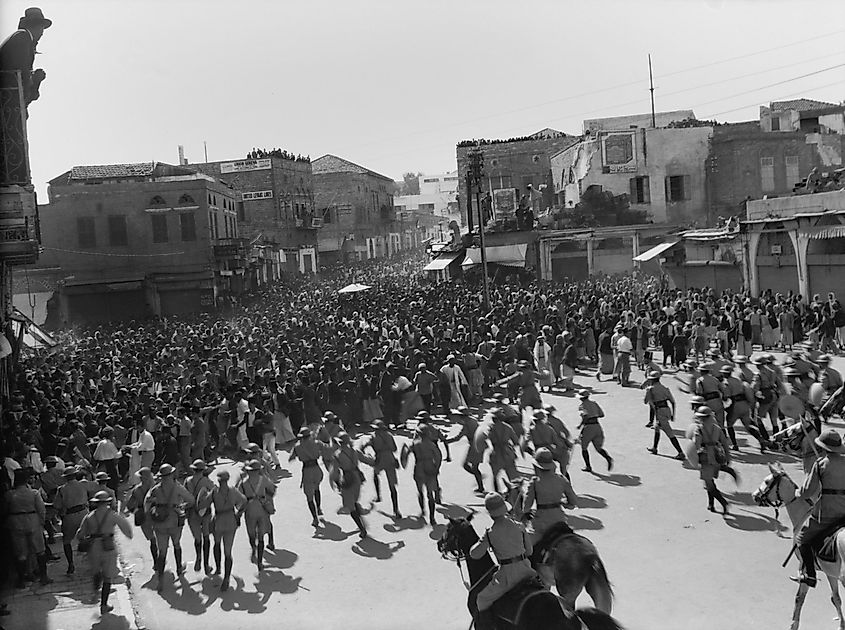
Perhaps one of Britain's most enduring legacies can be found in the Middle East. First taking control of Egypt in 1882, Britain's territory in the region would explode after the collapse of the Ottoman Empire in the wake of the First World War.
Egypt held significant strategic importance as it was home to the Suez Canal. Built in 1858, the British heavily relied on this waterway to ship goods and resources from India and Asia into European markets. Egypt gained independence relatively early in 1922, but the British still controlled the canal.
Israel, Palestine, Iraq, Kuwait, Oman, Jordan, Yemen, the Gulf States, and Cyprus were all a part of the empire at one point or another. Many critics argue that when these nations were given independence, the long historical rivalries and tensions between the indigenous peoples were not taken into account and can be traced back to many modern wars and conflicts that still negatively impact the region to this day.
East Asia
Hong Kong
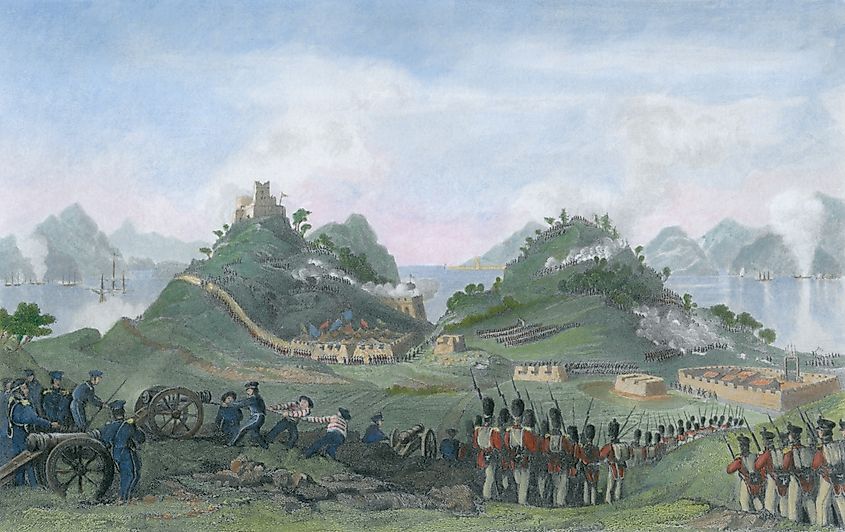
Hong Kong was taken from the Chinese in 1841 during the First Opium War. These wars were started after the Britsh began to sell opium within China. The Chinese government was less than happy about the effect it was having on its population and banned the sale and trade of the highly addictive substance in their territory. The British declared war and dealt a humiliating defeat against the Chinese forcing them to sign treaties that allowed the British to continue to flood opium into the nation.
Hong Kong was originally set up as a base of operations for trade with China but it soon began to grow exponentially. What was once just a few windswept islands soon blossomed into one of the wealthiest places on Earth.
The handover of Hong Kong in 1999 is often regarded as the official end of the British Empire. Even in post-independence, the city continued to grow and expand. The city-state only recently fell closer into the sphere of Chinese control. It is still set to see what will happen to Hong Kong under new management.
Singapore
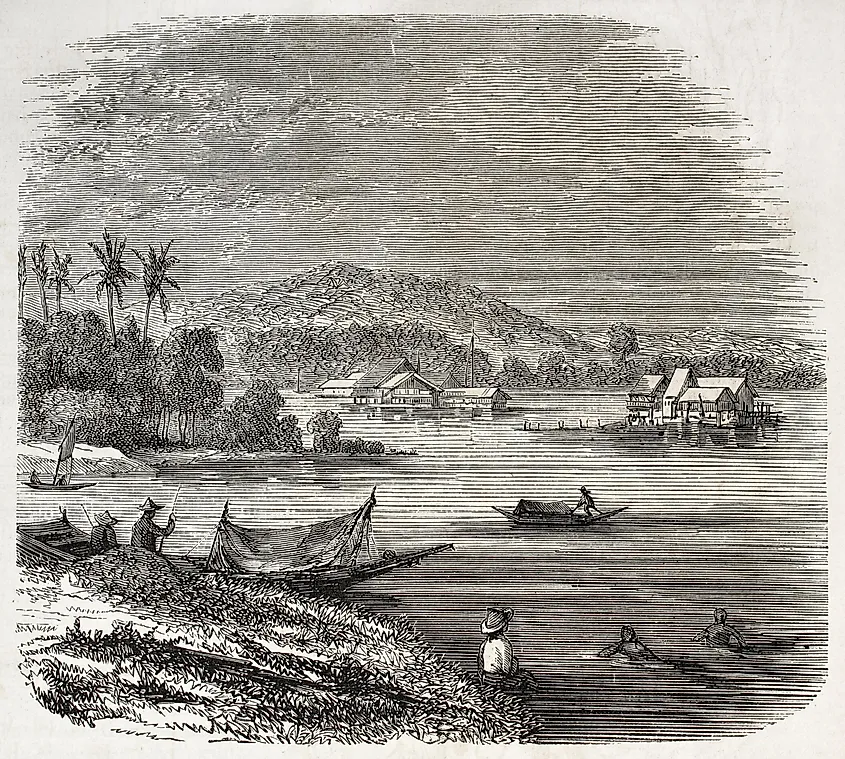
Another story similar to that of Hong Kong, the small island of Singapore was originally inhabited by a few farming and fishing villages before it was taken over by the British East India Company in 1819. Originally the port city struggled to stay relevant but with the opening of the Suez Canal, Singapore quickly found itself in the center of one of the most lucrative trade routes in the world.
Singapore also hosted a series of naval bases that were crucial to the British war machine. In the Second World War, the city fell to the Japanese despite the British forces having the numerical advantage. After the war, the road to independence was paved and this dream was finally achieved in 1965.
Post-independent Singapore has to be one of the most phenomenal success stories of the 20th century. The city-state is one of the richest nations on earth and leads the region in business, commerce, and banking while also offering some of the highest standards of living in the world.
The Takeaway
The British Empire has had a profound impact on the modern world. More than a quarter of all nations on Earth were once a part of the empire in one way or another. The legacy is long and complex and has had varying outcomes across the world.
Today, the impact is most evident in the pervance of the English language. English is the most commonly spoken second language in the world and is considered the 'lingua franca'. Even though the British Empire has not held any significant power since the end of the Second World War, its legacy is still seen in the many colonies that it once had under its control.
Former British Colonies and their Years of Independence
| Former British Colonies | Year of Independence from Britain |
|---|---|
| Aden Protectorate | 1967 |
| Anglo-Egyptian Sudan | 1956 |
| Auckland Islands | 1931 |
| Bahamas | 1973 |
| Bahrain | 1971 |
| Bangladesh | 1971 (From Pakistan) |
| Barbados | 1966 |
| Basutoland (Lesotho) | 1966 |
| Bechuanaland (Botswana) | 1966 |
| Bermuda | 1995 |
| British Borneo (Brunei) | 1984 |
| British Cameroon | 1961 |
| British East Africa (Kenya) | 1963 |
| British East Africa (Uganda) | 1962 |
| British Egypt | 1922 |
| British Guiana | 1966 |
| British Honduras (Belize) | 1981 |
| British India | 1947 |
| British Malaya (Malaysia) | 1957 |
| British Solomon Islands | 1978 |
| British Somaliland (Somalia) | 1960 |
| British Togoland | 1957 |
| British Western Pacific Territories | 1976 |
| Burma (Myanmar) | 1948 |
| Ceylon (Sri Lanka) | 1948 |
| Colonial Fiji | 1970 |
| Colonial Nigeria | 1960 |
| Colony of Newfoundland | 1949 (Became a province of Canada) |
| Cyprus | 1960 |
| Emirate of Transjordan (Jordan) | 1946 |
| Gambia Colony and Protectorate | 1965 |
| Gilbert and Ellice Islands (Kiribati and Tuvalu) | 1978 |
| Gold Coast (Ghana) | 1957 |
| Helgoland | 1890 (Now part of Germany) |
| Hong Kong | 1997 (Now a Chinese special administrative region) |
| Ionian Islands | 1830 |
| Ireland | 1921 |
| Island of St. John (Antigua and Barbuda) | 1981 |
| Jamaica | 1962 |
| Kingdom of Rarotonga (Cook Islands) | 1965 (self governing island state in free association with New Zealand) |
| Kingdom of Sarawak | 1963 (now a state of Malaysia) |
| Leeward Islands | 1983 |
| Malta | 1964 |
| Mandatory Iraq | 1932 |
| Mandatory Palestine (Israel, Jordanian annexation of the West Bank, Palestine Protectorate) | 1948 |
| Menorca (Spanish Island) | 1802 (now part of Spain) |
| Mosquito Coast | 1860 (now part of Nicaragua and Honduras) |
| Muscat and Oman | 1951 |
| Nauru | 1968 |
| New Hebrides (Vanuatu) | 1906 |
| New South Wales (state in Australia) | 1901 |
| Nigeria | 1960 |
| Niue | 1974 (from New Zealand) |
| Northern Rhodesia (Zambia) | 1964 |
| Nyasaland (Malawi) | 1964 |
| Oregon Country | 1846 (became a US territory, then a state) |
| Pakistan | 1947 |
| Phoenix Islands | 1979 (now part of Kiribati) |
| Province of East Florida | 1783 (became a Spanish colony, later a US territory |
| Province of Nova Scotia (one of the founding provinces of Canada) | 1867 |
| Province of Quebec (one of the founding provinces of Canada) | 1867 |
| Province of West Florida | 1783 (became a Spanish colony, later a US territory |
| Qatar | 1868 |
| Queensland (state in Australia) | 1901 |
| Rupert's Land | 1869 (became part of the Canadian confederation) |
| Sheikhdom of Kuwait | 1961 |
| Sierra Leone Colony and Protectorate | 1961 |
| Singapore | 1963 (became a state of Malaysia, then separated in 1965) |
| Solomon Islands | 1978 |
| South Africa | 1931 |
| South Arabia | 1932 |
| South Australia (state in Australia) | 1901 |
| South-West Africa | 1931 (South Africa territory until 1990) |
| Southern Rhodesia (Zimbabwe) | 1980 |
| Straits Settlements (Singapore, Malaysia, Borneo) | 1946 (Separated and passed to other nations) |
| Sultanate of Zanzibar | 1963 |
| Swan River Colony (Western Australia, state in Australia) | 1901 |
| Swaziland | 1968 |
| Tanganyika Territory (Tanzania) | 1961 |
| Territory of New Guinea | 1975 |
| Thirteen Colonies (United States) | 1776 |
| Tokelau | 1949 (Became a territory of New Zealand) |
| Tonga | 1970 |
| Trucial States (Oman) | 1951 |
| Uganda Protectorate | 1962 |
| Unfederated Malay States | 1957 |
| Van Diemen's Land | 1856 |
| Victoria (State in Australia) | 1901 |
| Western Samoa | 1970 |
| Windward Islands | 1979 |
